Home>Storage & Organization>Closet & Wardrobe Organization>How To Organize Your Home On A Budget
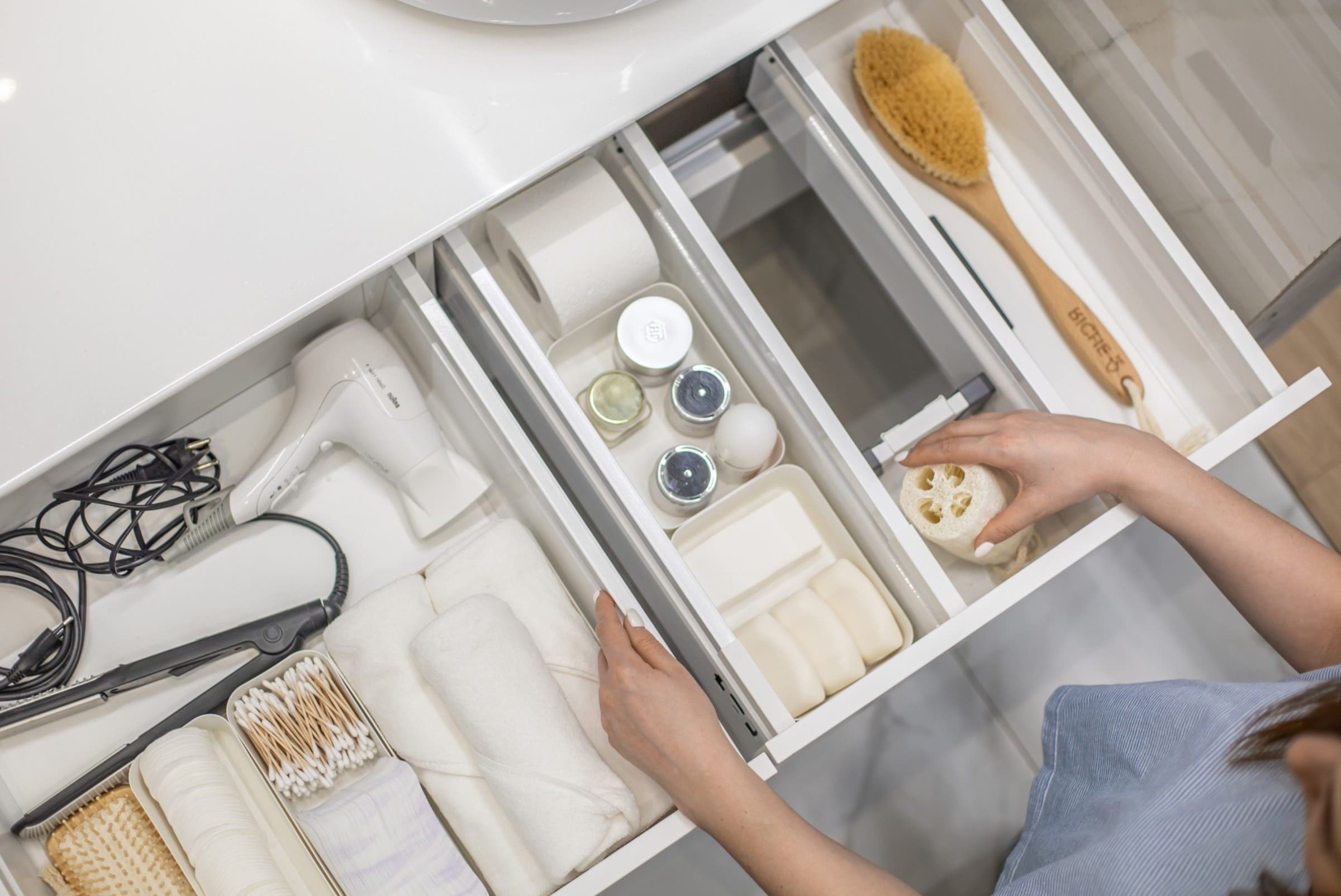

Closet & Wardrobe Organization
How To Organize Your Home On A Budget
Modified: October 28, 2024
Learn how to transform your closet and wardrobe with budget-friendly organization tips. Create a clutter-free space and maximize storage efficiently.
(Many of the links in this article redirect to a specific reviewed product. Your purchase of these products through affiliate links helps to generate commission for Storables.com, at no extra cost. Learn more)
Assessing Your Needs
Before diving into organizing your home, it's crucial to assess your needs and understand the areas that require the most attention. Take a walk through your home and identify the spaces that are causing the most chaos. Is it the overflowing kitchen cabinets, the cluttered entryway, or the chaotic closet? Make a list of the areas that need organization and prioritize them based on urgency. By understanding your specific needs, you can tailor your organization efforts to address the most pressing issues first. This initial assessment sets the stage for an effective and efficient organization plan that is tailored to your home's unique requirements.
Key Takeaways:
- Start small by decluttering one area at a time and use the three-box method to make quick decisions. Be ruthless and organize by category to create a clean slate for organization.
- Maximize storage with vertical space, multi-functional furniture, and repurposed items. Take on DIY projects and utilize affordable organizational tools to create a well-organized home.
Decluttering Your Space
Decluttering is the first and most crucial step in organizing your home on a budget. It involves purging unnecessary items and creating a clean, streamlined environment. Here's how to tackle this essential task:
-
Start Small: Begin with a single area, such as a drawer or a small closet. This approach prevents overwhelm and allows you to see immediate progress, motivating you to continue.
-
The Three-Box Method: Label three boxes "Keep," "Donate/Sell," and "Trash." As you go through your items, place each one into the appropriate box. This method helps you make quick decisions and prevents second-guessing.
-
Be Ruthless: When decluttering, be honest with yourself about the items you truly need and use. If an item hasn't been used in over a year, consider letting it go.
-
Organize by Category: Group similar items together to assess how much you have of each category. This can reveal duplicates or excessive items that can be decluttered.
-
Digital Decluttering: Don't forget to declutter your digital space. Sort through your emails, files, and photos, deleting what you no longer need and organizing the rest into folders.
By decluttering your space, you create a clean slate for the organization process, making it easier to find homes for the items you choose to keep.
Maximizing Storage Solutions
When it comes to organizing your home on a budget, maximizing storage solutions is key to making the most of your space. Here are some practical and cost-effective ways to optimize your storage:
-
Utilize Vertical Space: Install shelves or wall-mounted organizers to take advantage of vertical space. This can free up valuable floor space and provide a designated spot for items that tend to clutter countertops or tables.
-
Invest in Multi-Functional Furniture: Look for furniture pieces that offer built-in storage, such as ottomans with hidden compartments, bed frames with drawers, or coffee tables with shelving. These dual-purpose items can help reduce clutter while serving a functional role in your home.
-
Repurpose Everyday Items: Get creative with repurposing everyday items for storage. Use mason jars to store kitchen ingredients, hang a shoe organizer on the back of a door for small items, or repurpose old crates or baskets for stylish storage solutions.
-
Maximize Closet Space: Make the most of your closet space by incorporating hanging organizers, stackable bins, and over-the-door hooks. These simple additions can create additional storage for clothing, shoes, accessories, and other items, helping to keep your closet tidy and organized.
-
Under-Bed Storage: Utilize the space under your bed by investing in under-bed storage containers or utilizing repurposed drawers or bins. This often underutilized space can be a game-changer for storing seasonal clothing, extra linens, or other items that are not frequently accessed.
By implementing these storage solutions, you can effectively maximize the available space in your home, creating a more organized and functional living environment without breaking the bank.
DIY Organization Projects
Embarking on do-it-yourself (DIY) organization projects can be a rewarding and budget-friendly way to bring order to your home. Here are some creative and practical DIY projects to help you get started:
-
Pegboard Wall Organizer: Install a pegboard on a wall in your kitchen, garage, or home office. Use hooks and baskets to create a customizable storage solution for tools, kitchen utensils, craft supplies, and more. This versatile and visually appealing organizer can be tailored to your specific needs.
-
Custom Drawer Dividers: Tame the chaos in your drawers by creating custom dividers using materials like cardboard, foam board, or wood. By customizing the compartments to fit the items you store, you can prevent clutter and make it easier to locate what you need.
-
Floating Shelves: Build and install floating shelves in various rooms to display and organize items such as books, decorative pieces, or bathroom essentials. This DIY project not only adds storage space but also enhances the aesthetic appeal of your home.
-
Magnetic Spice Rack: Utilize the inside of a cabinet door or a blank wall to create a magnetic spice rack. Glue small magnets to the bottoms of spice containers and arrange them on a metal surface for a space-saving and visually appealing storage solution.
-
Upcycled Storage Crates: Repurpose wooden crates or boxes by giving them a fresh coat of paint and using them as stylish storage containers. These versatile crates can be used for organizing books, toys, shoes, or even as a decorative display.
-
Hanging Jewelry Organizer: Create a hanging jewelry organizer using a wooden frame, wire mesh, or fabric. This DIY project provides a practical and visually appealing way to keep your jewelry tangle-free and easily accessible.
By taking on these DIY organization projects, you can customize your home's organization solutions to fit your specific needs while adding a personal touch to your living space. These projects not only promote organization but also serve as creative outlets for expressing your individual style.
Consider using multi-purpose furniture, such as a storage ottoman or a bed with built-in drawers, to maximize space and minimize clutter in your home.
Utilizing Affordable Organizational Tools
When it comes to organizing your home on a budget, utilizing affordable organizational tools can make a significant difference in creating a well-organized and functional living space. Here are some cost-effective tools and items that can aid in your organization efforts:
-
Storage Bins and Baskets: Invest in a variety of storage bins and baskets to corral items in different areas of your home. Whether it's for organizing toys, linens, or miscellaneous items, these versatile containers come in various sizes and styles, making them suitable for different storage needs.
-
Drawer Organizers: Utilize inexpensive drawer organizers to keep smaller items such as utensils, office supplies, and accessories neatly arranged. These organizers not only prevent clutter but also make it easier to locate specific items within drawers.
-
Tension Rods: Tension rods are a versatile and affordable organizational tool. Use them in cabinets to create dividers for baking sheets and cutting boards, or in closets to separate clothing items. They can also be used to hang cleaning supplies in a utility closet, maximizing vertical space.
-
Over-the-Door Organizers: Maximize door space by using over-the-door organizers for shoes, cleaning supplies, or pantry items. These space-saving solutions are easy to install and can instantly create additional storage without the need for wall-mounted shelving.
-
Pegboards and Hooks: Pegboards are an inexpensive and customizable way to organize tools, craft supplies, or kitchen utensils. By adding hooks and baskets to the pegboard, you can create a personalized organization system that suits your specific needs.
-
Cabinet and Shelf Risers: Make the most of cabinet and shelf space by using risers to create additional levels for storing dishes, pantry items, or spices. These affordable tools help maximize vertical space and make it easier to access items at the back of shelves.
-
Labeling Supplies: Invest in a label maker or simply use adhesive labels and markers to clearly label storage bins, jars, and containers. This simple organizational tool not only adds a neat and uniform look to your storage solutions but also makes it easier to identify and locate items.
By incorporating these affordable organizational tools into your home, you can effectively streamline your organization efforts without exceeding your budget. These tools not only promote a clutter-free environment but also contribute to a visually appealing and well-structured living space.
Creating a Cleaning Schedule
Establishing a cleaning schedule is essential for maintaining an organized home. By breaking down cleaning tasks into manageable segments, you can ensure that your living space remains tidy and well-maintained. Here's how to create an effective cleaning schedule:
-
Assess Your Cleaning Needs: Begin by evaluating the cleaning requirements of each area in your home. Different spaces may require varying levels of attention, so it's important to identify the specific tasks needed for each room.
-
Prioritize Tasks: Determine which cleaning tasks are most critical and which can be addressed less frequently. For example, high-traffic areas such as the kitchen and bathroom may require more frequent cleaning compared to less-used spaces like guest rooms.
-
Allocate Time: Set aside dedicated time slots for cleaning tasks based on their frequency and complexity. Consider your daily, weekly, and monthly commitments to ensure that cleaning activities fit into your schedule without causing undue stress.
-
Create a Task List: Compile a comprehensive list of cleaning tasks for each area of your home. This can include vacuuming, dusting, mopping, laundry, and specific tasks such as cleaning appliances, windows, and organizing spaces.
-
Assign Days for Specific Tasks: Designate specific days for tackling different cleaning tasks. For example, Mondays could be dedicated to laundry and bathroom cleaning, while Fridays could focus on dusting and vacuuming.
-
Be Realistic: When creating your cleaning schedule, be realistic about the time and effort required for each task. Avoid overloading specific days with an excessive number of tasks, as this can lead to burnout and frustration.
-
Flexibility: While it's important to have a structured cleaning schedule, it's equally important to be flexible. Life can be unpredictable, so allow for adjustments in your schedule when necessary.
-
Consistency is Key: Stick to your cleaning schedule as much as possible. Consistency is crucial for maintaining a clean and organized home, and establishing a routine will make the process more manageable over time.
By creating and adhering to a cleaning schedule, you can effectively manage your cleaning tasks, prevent clutter and dirt from accumulating, and ensure that your home remains a welcoming and organized space for you and your family.
Maintaining Your Organized Home
Once you've invested time and effort into organizing your home, it's essential to establish habits that will help maintain the newly organized spaces. Here are some practical tips for keeping your home organized on a day-to-day basis:
-
Daily Tidying: Dedicate a few minutes each day to tidy up common areas such as the living room, kitchen, and bathroom. Put away items that have been left out, fluff the pillows, and wipe down surfaces. This daily habit prevents clutter from accumulating and maintains a neat appearance throughout your home.
-
Return Items to Their Homes: Encourage everyone in the household to return items to their designated places after use. Whether it's putting away toys, hanging up clothing, or placing dishes in the dishwasher, returning items to their proper homes prevents disorder from creeping back into your organized spaces.
-
Regular Decluttering: Schedule regular decluttering sessions to prevent items from accumulating and taking over your home. Set aside time each month to assess your belongings and identify items that are no longer needed. By consistently decluttering, you can maintain a streamlined and clutter-free environment.
-
Follow the "One In, One Out" Rule: Adopt the "one in, one out" rule to prevent new items from causing clutter. For every new item that enters your home, consider removing an existing item. This practice helps maintain a balanced and clutter-free living space.
-
Weekly Maintenance Tasks: Set aside time each week for specific maintenance tasks, such as changing bed linens, organizing paperwork, and cleaning out the refrigerator. By incorporating these tasks into your weekly routine, you can prevent these areas from becoming disorganized and overwhelming.
-
Revisit Organization Systems: Periodically revisit your organization systems to ensure they are still effective. As your needs and lifestyle evolve, your organization solutions may need adjustments. Assess the functionality of your storage solutions and make necessary tweaks to accommodate any changes in your household.
-
Encourage Family Participation: Involve family members in maintaining the organized home. Assign age-appropriate tasks to children and encourage everyone to take ownership of their belongings and shared spaces. By fostering a sense of responsibility, you can create a collective effort to uphold the organization in your home.
By implementing these maintenance practices, you can ensure that your organized home remains a functional and inviting space for you and your family. Consistency and proactive habits are key to preserving the hard work you've put into creating an organized living environment.
Frequently Asked Questions about How To Organize Your Home On A Budget
Was this page helpful?
At Storables.com, we guarantee accurate and reliable information. Our content, validated by Expert Board Contributors, is crafted following stringent Editorial Policies. We're committed to providing you with well-researched, expert-backed insights for all your informational needs.
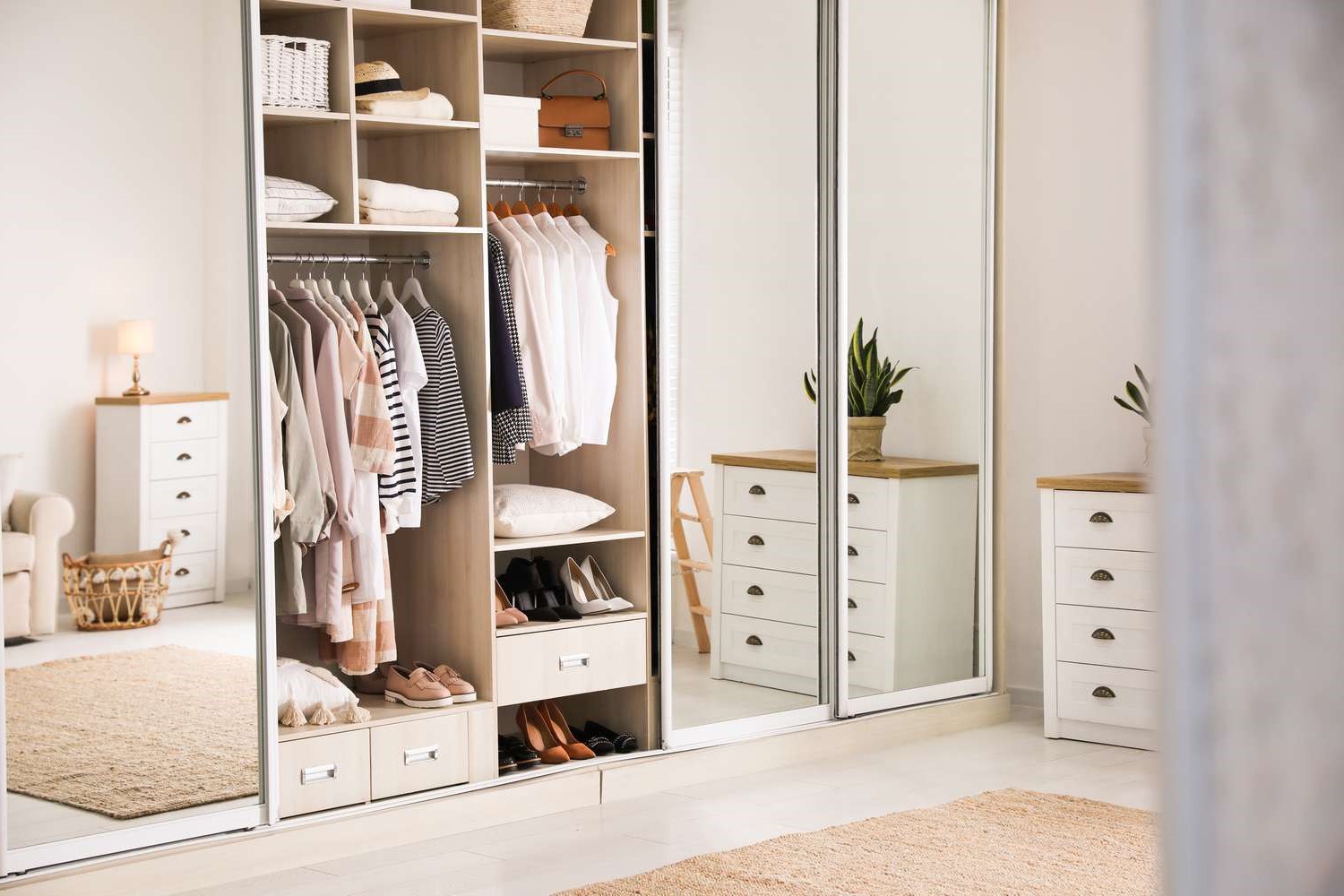

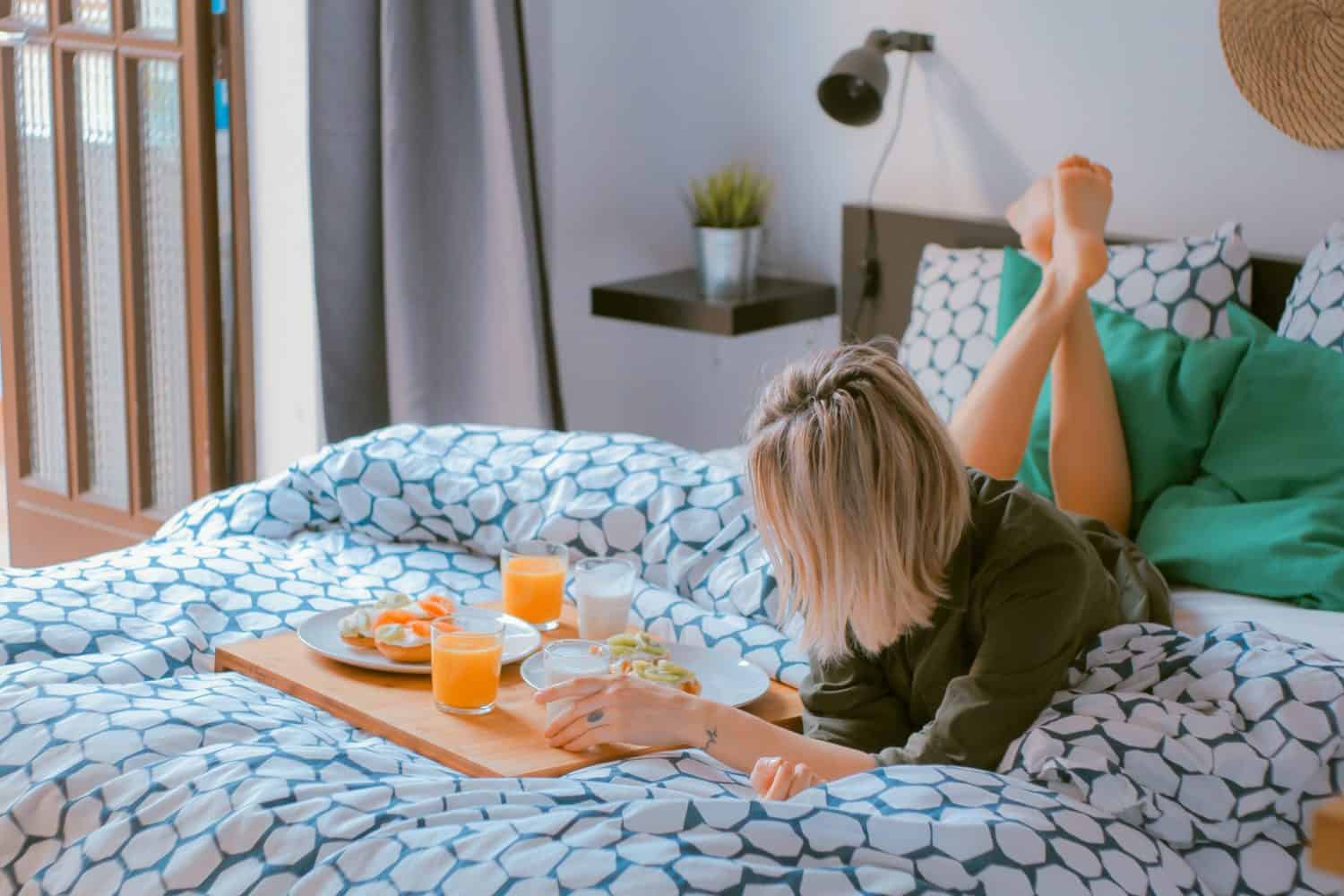
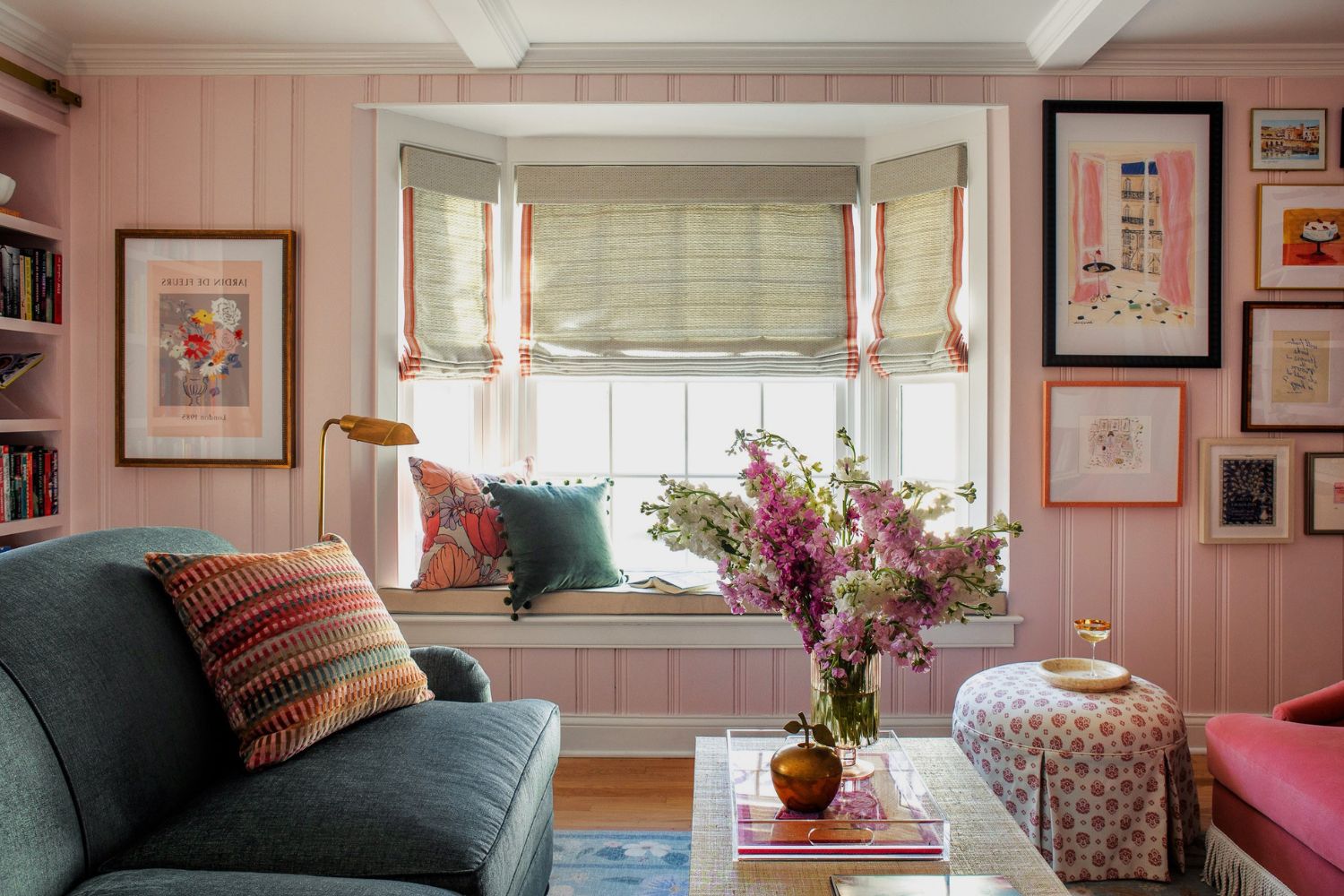
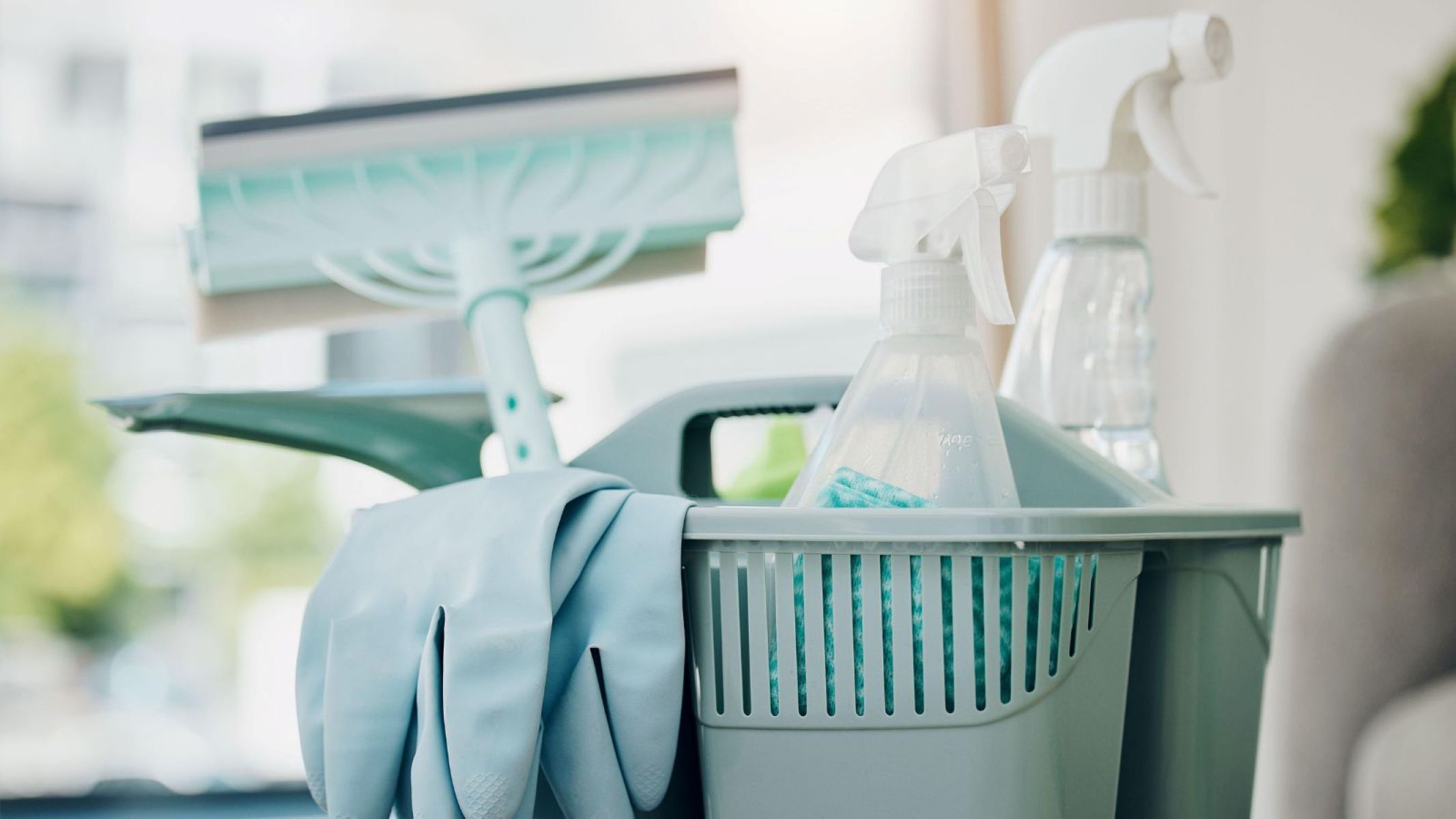
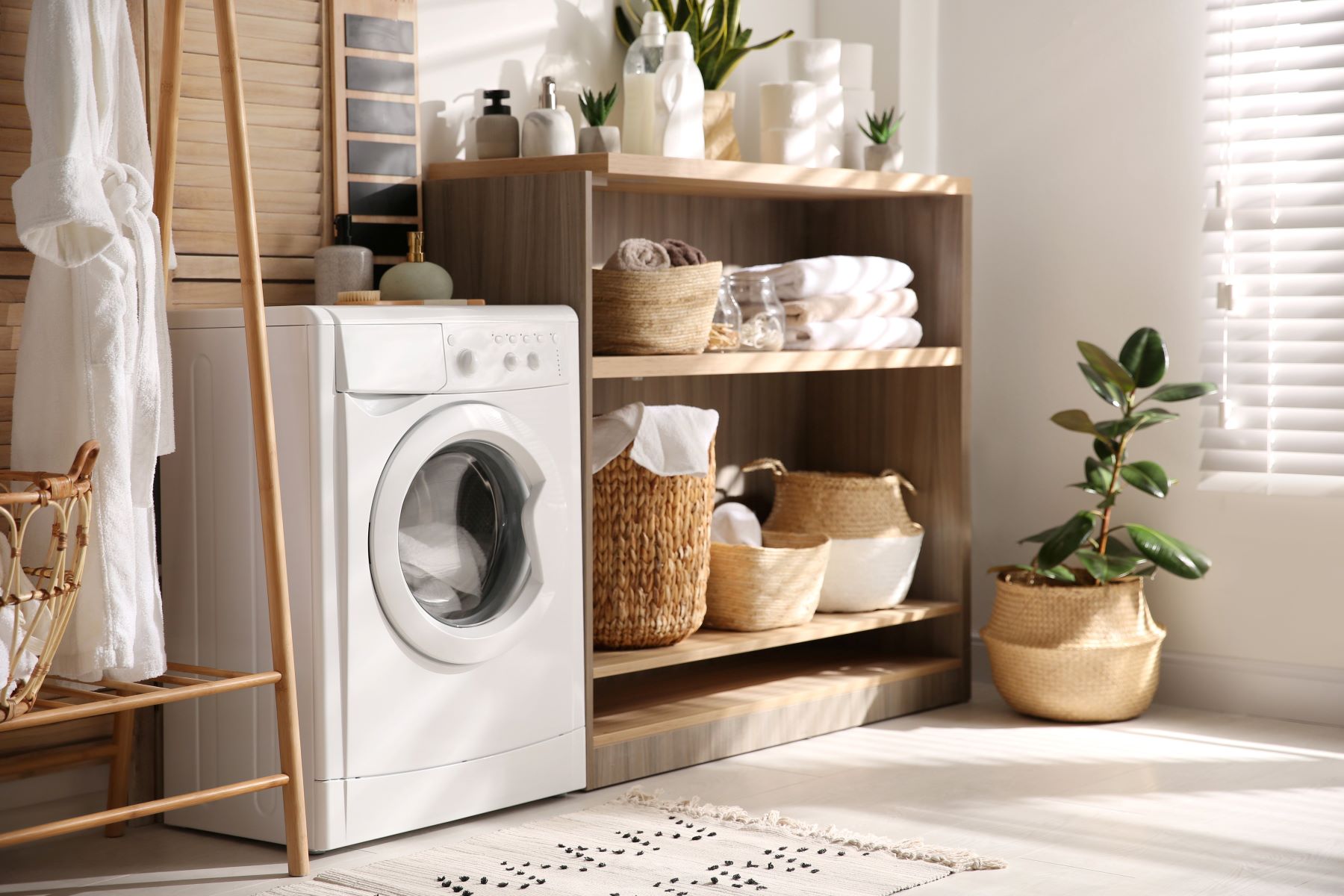
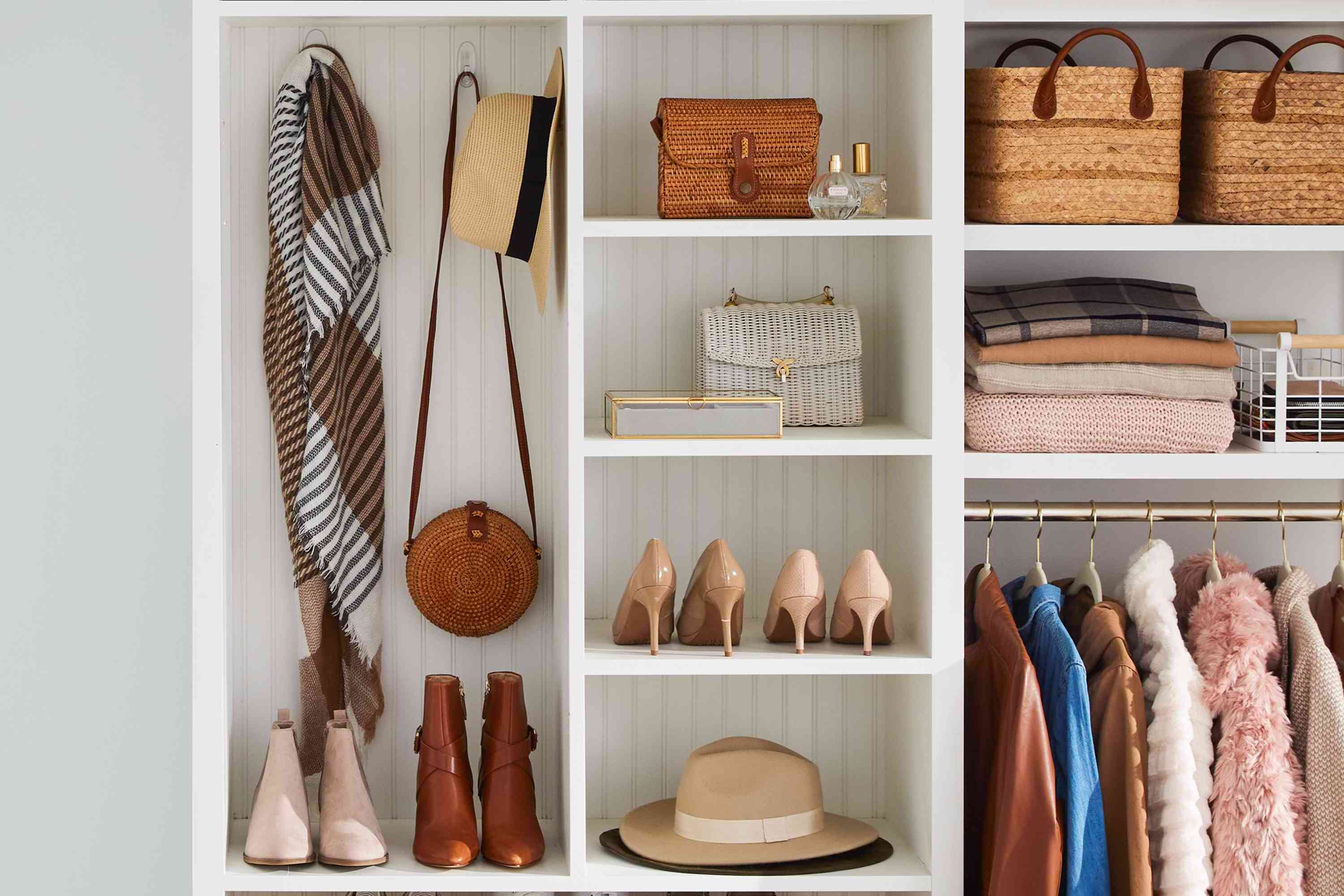

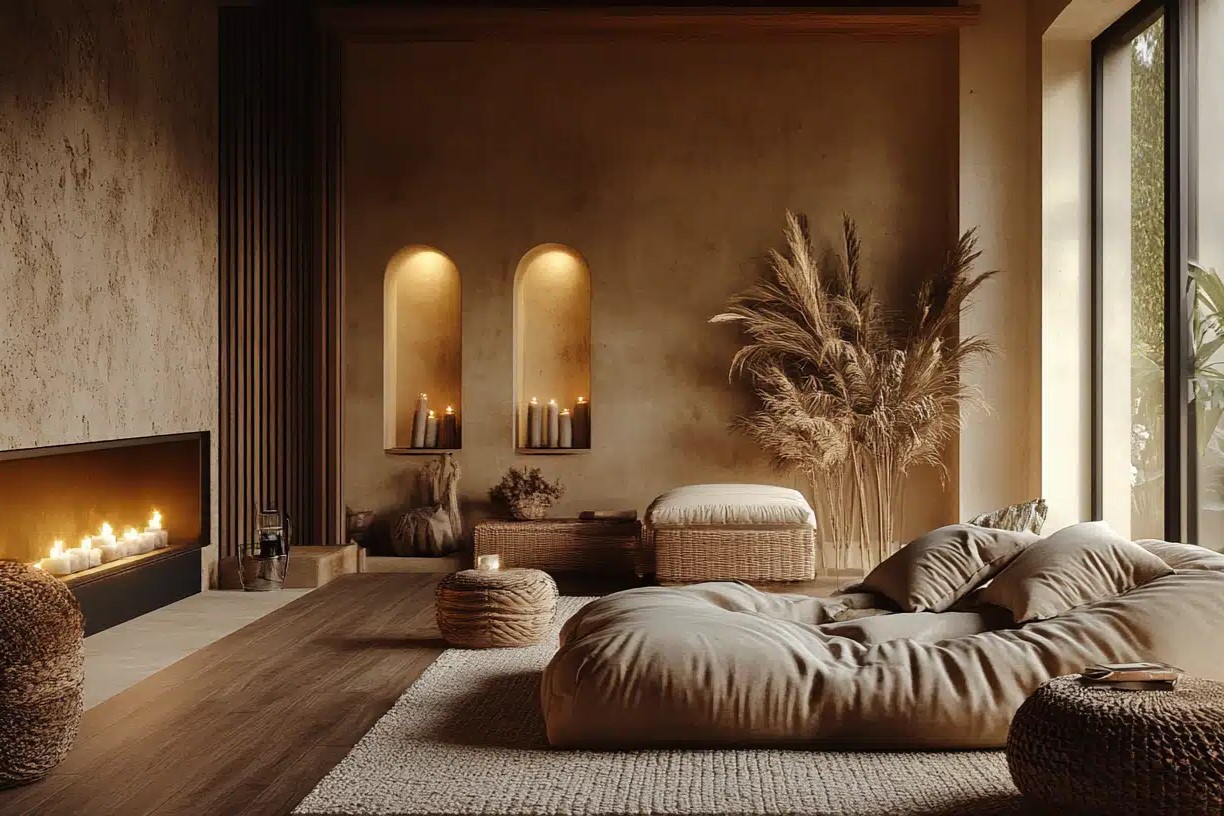

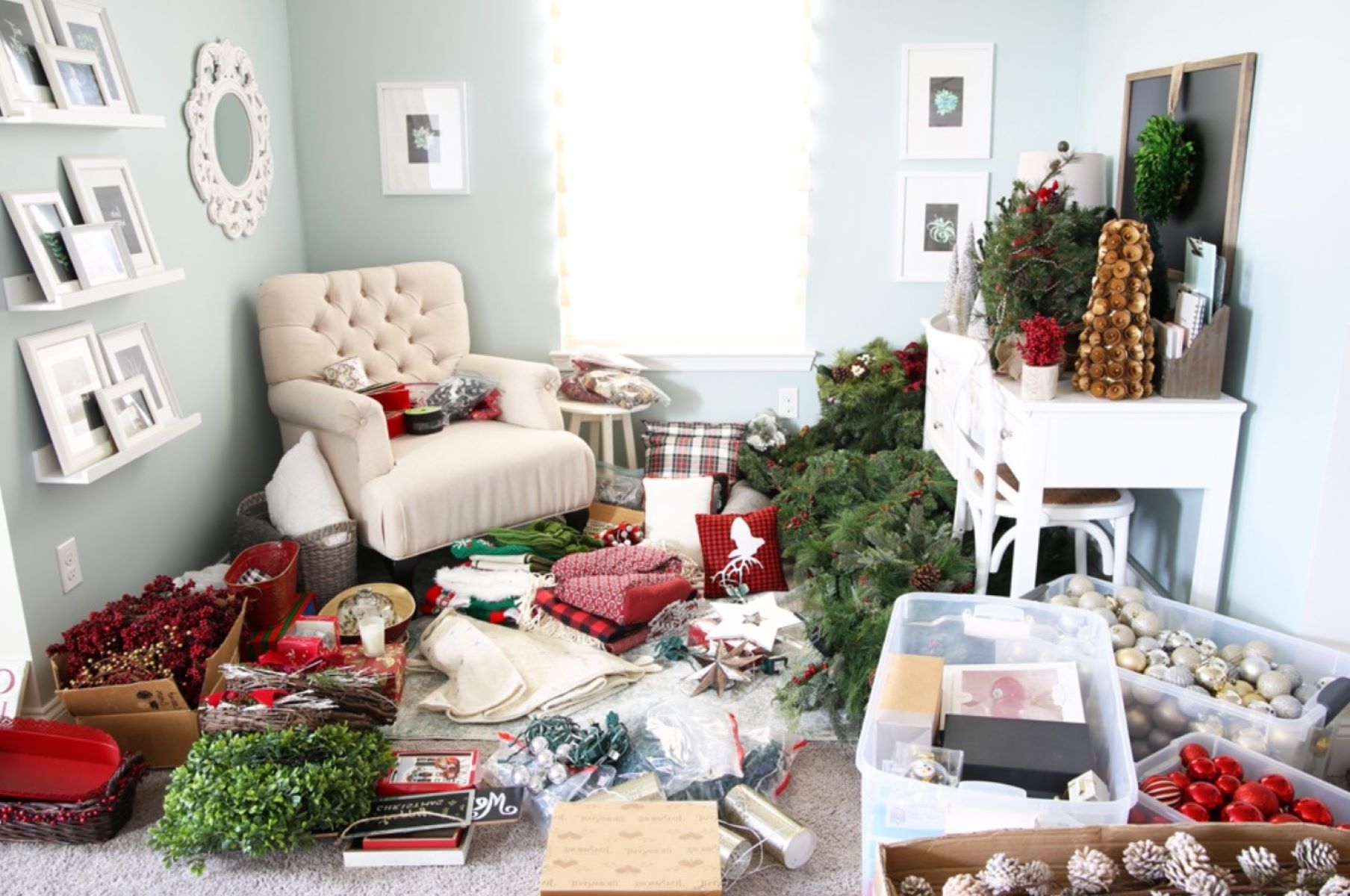
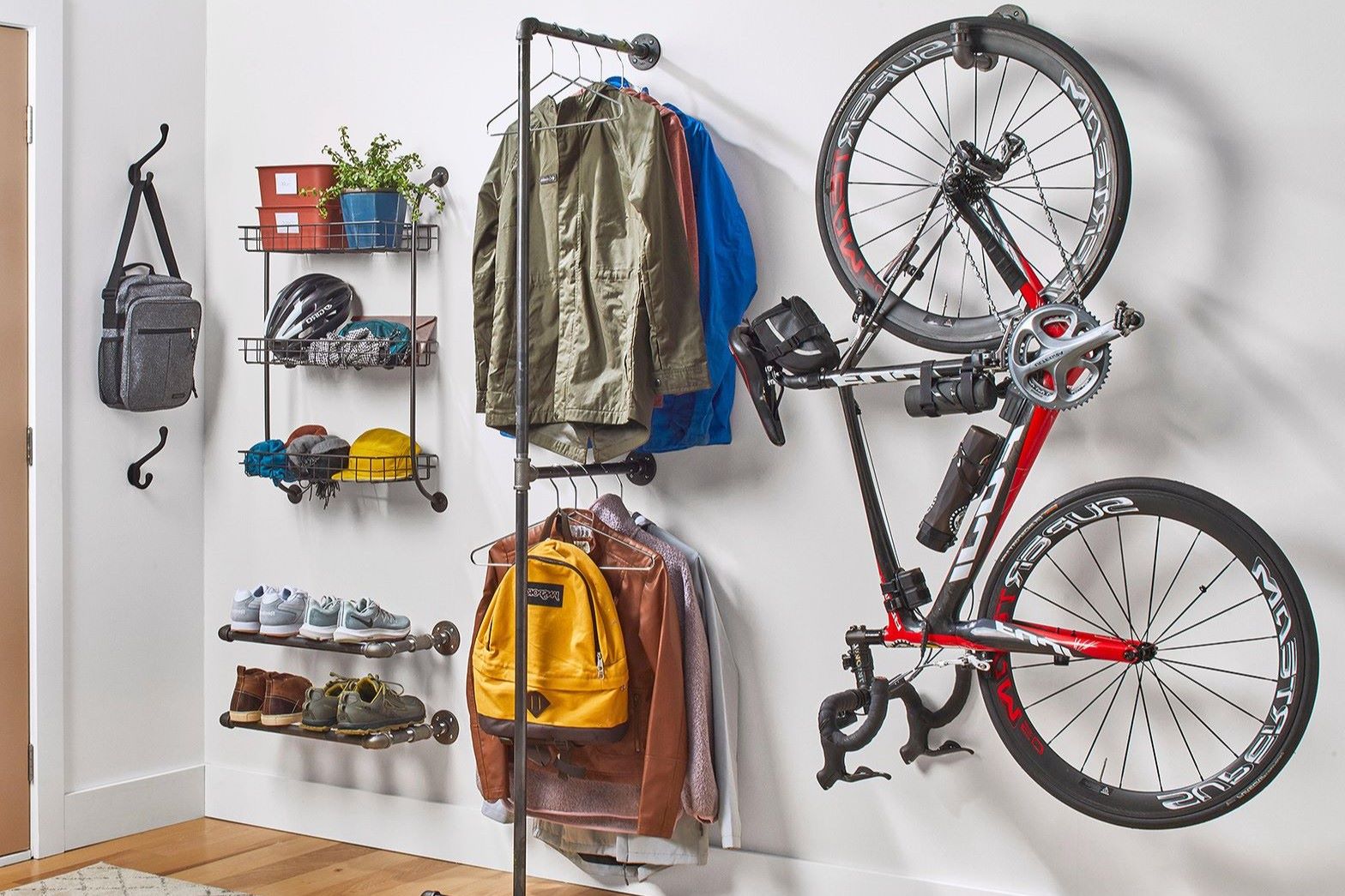

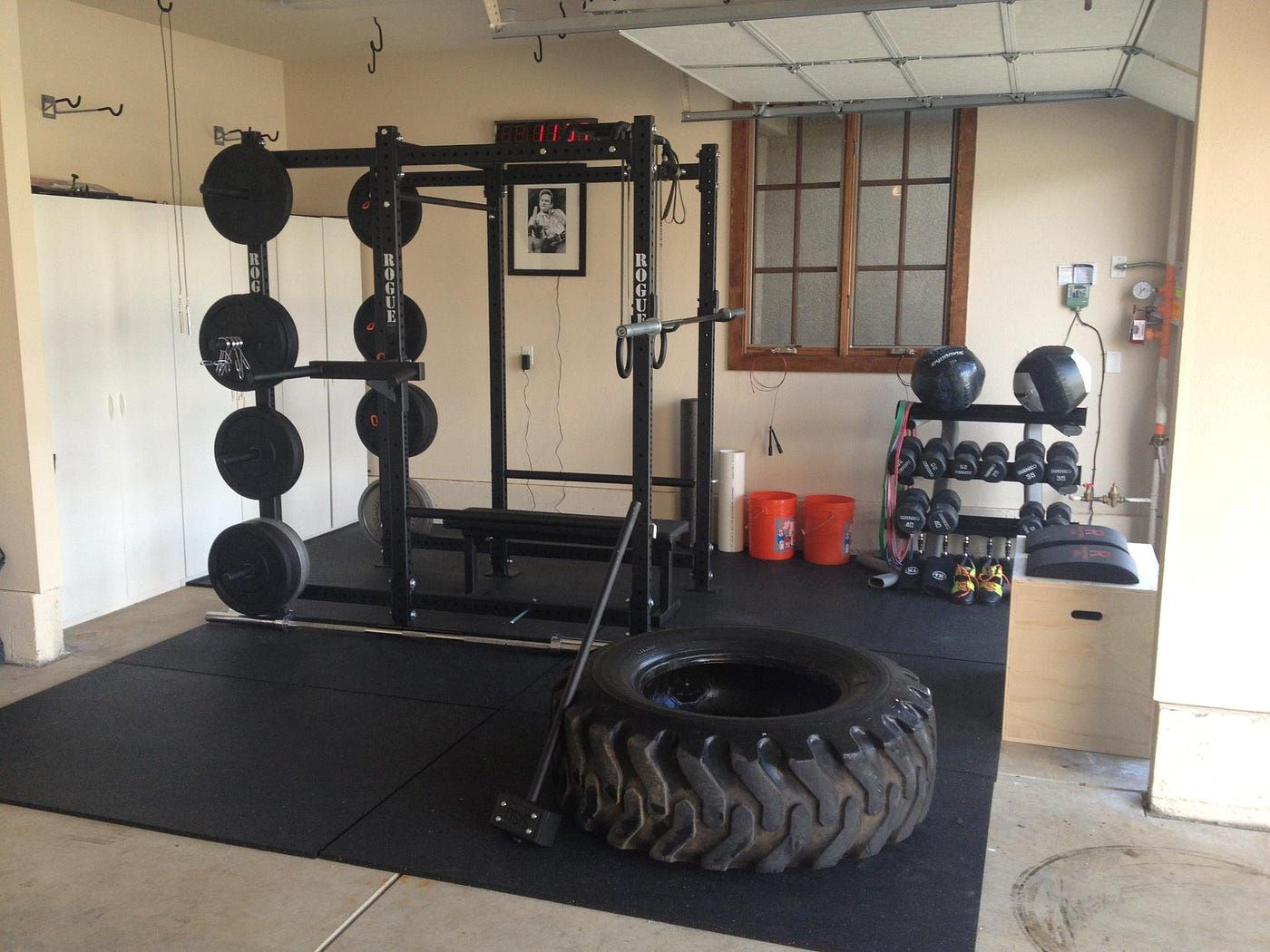

0 thoughts on “How To Organize Your Home On A Budget”